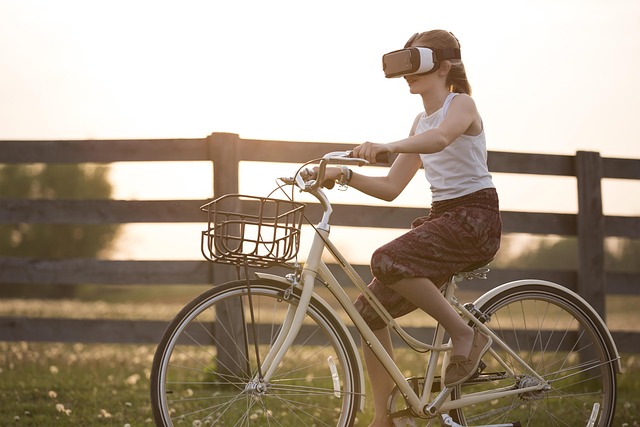The advancement of technology has ushered in an exciting era for education. As we venture deeper into the 21st century, traditional learning methods are being reshaped by innovative tools that make education more engaging and effective. Among these groundbreaking technologies are Virtual Reality (VR) and Augmented Reality (AR). The impact of virtual reality in school settings is profound, promising to transform the way students learn, interact, and conceptualize information.
Imagine a classroom where students can take a trip to ancient Rome, not just by reading about it in a textbook but by immersing themselves in the sights and sounds of that era. With VR, learners can engage in interactive simulations that offer a deeply immersive experience, allowing them to understand complex concepts and historical events in a way that was previously unimaginable. Whether it’s traveling through the human body in a biology class or exploring distant planets in an astronomy lesson, VR offers a new dimension to education that captivates and inspires.
On the other hand, AR enhances the real world by overlaying digital information onto physical environments. This innovative approach enables students to visualize abstract ideas and engage with content in a tactile manner. For instance, a student learning about the solar system can use AR to see 3D models of planets rotating around the sun, making the learning experience not just informative, but also interactive and fun. This blend of the digital and physical worlds helps keep students invested in their learning, fostering curiosity and creativity.
The metaverse also plays a significant role in merging education with immersive experiences. This collective virtual space creates opportunities for communal learning and collaboration beyond the four walls of a classroom. In this digital environment, learners from different parts of the world can come together, partake in discussions, attend lectures, or even work on group projects in real-time. Such collaborative experiences can bridge geographical gaps and diversify perspectives, enriching the educational journey.
Schools embracing these technologies are not just enhancing the educational experience; they are also preparing students for a future where digital skills will be paramount. The integration of VR and AR into school curricula can help students develop critical thinking, problem-solving abilities, and adaptability—skills that are essential in navigating a fast-evolving technological landscape.
As we explore the future of education, it’s essential to reflect on how virtual reality in school can revolutionize not just the learning process, but also the role of teachers. Educators can leverage these technologies to create dynamic lesson plans that captivate students’ attention and encourage active participation. Moreover, they can use insights from VR and AR experiences to better understand student engagement and personalize learning paths to meet individual needs.
Incorporating VR and AR in education is not without its challenges. Issues such as accessibility, funding, and teacher training must be addressed to ensure that all students can benefit from these technologies. However, the potential rewards far outweigh the hurdles. By fostering a more engaging, interactive, and inclusive educational environment, schools can help cultivate a generation of learners who are not only academically proficient but also equipped to thrive in a digital world.
As we look ahead, the integration of VR and AR in education seems not just a possibility, but a necessary evolution. The classroom of tomorrow may very well be a place where students don headsets and step into a universe of limitless possibilities, igniting their imaginations and expanding their horizons in ways we are just beginning to comprehend. The journey towards a more immersive, interactive, and meaningful educational experience has already begun, and it invites us all to explore what lies beyond the horizon.



